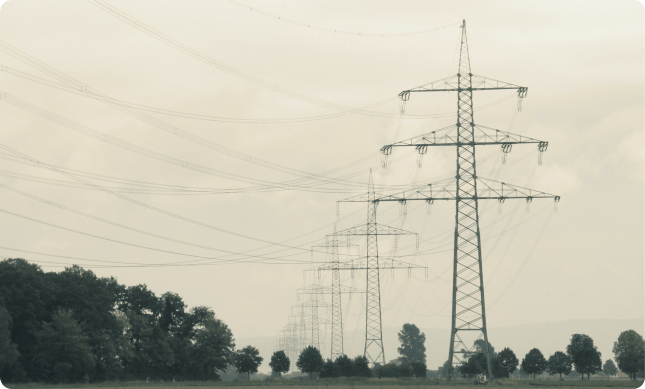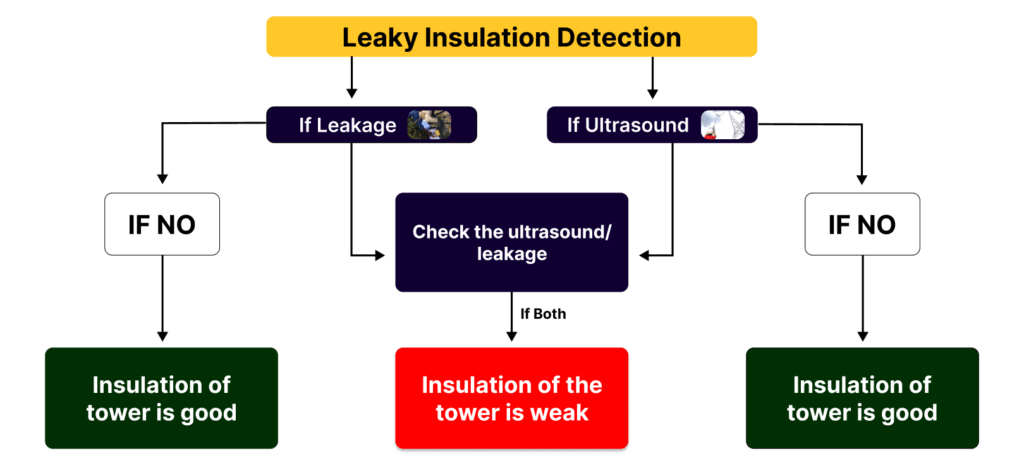
Controlling Leakage Current: A Deep Dive into Fundamentals
Leakage current, a natural occurrence in electrical systems, follows a path through the protective ground conductor to the ground.
It navigates the insulation surrounding conductors and filters protecting electronic equipment within residential or office spaces. While this current is inherent, grasping and managing this is paramount due to its potential implications.
The flow of current through insulation is a delicate balance; too much can indicate ageing or damaged insulation, compromising its effectiveness.
In circuits protected by Ground Fault Current Interrupters (GFCIs), excess current may trigger unnecessary disruptions and, in extreme cases, lead to voltage surges on accessible conductive elements, posing safety risks.
Recognizing these nuances and implementing measures to control this is not just a matter of operational efficiency; it’s a fundamental aspect of ensuring the safety and reliability of electrical systems.
As professionals, understanding and addressing this topic is key to maintaining the integrity of installations in various electrical environments.

The Dangers
Leakage current in circuits protected by Ground Fault Current Interrupters (GFCIs) can lead to unnecessary tripping and intermittent disruptions. In extreme cases, it may result in a surge of voltage on accessible conductive parts, posing safety hazards. To better control for these issues you have to look at the origins and how this affects safety.
Understanding the Origins:
Insulation, a crucial component in electrical systems, possesses both electrical resistance and capacitance. It conducts current through both paths, with the expectation that very little current should leak due to the high resistance of insulation.
However, ageing or damaged insulation reduces its resistance, allowing a significant flow of current. Longer conductors also exhibit higher capacitance, leading to increased leakage. Manufacturers of GFCI breakers recommend limiting one-way feeder length to a maximum of 250 feet (76.2 m) to mitigate these effects.
Electronic equipment further contributes to leakage dynamics. Filters in such equipment, designed to shield against voltage surges, often include capacitors on the input. These capacitors increase the overall capacitance of the wiring system, contributing to heightened leakage.
Identifying and Mitigating
A systematic series of measurements can pinpoint overall leakage and its source, which is vital for ensuring the integrity of electrical systems. Minimising the effects of this becomes imperative as a preventive measure.
Facts about Leakage Current
- Definition: It is is the flow of electric current through an unintended path or the insulation between conductors in an electrical circuit.
- Causes: It can be caused by various factors such as insulation breakdown, contaminants, humidity, and manufacturing defects.
- Measurement: It is measured in microamperes (μA) or milliamperes (mA). Precise measurement is crucial, especially in applications where low currents are essential.
- Safety Concerns: In electrical appliances, controlling leakage is critical for safety. High leakage can pose a risk of electric shock to users.
- Insulation Resistance: Insulation resistance is closely related to leakage current. Higher insulation resistance indicates lower leakage and better insulation quality.
- Standards and Regulations: Various standards, such as IEC 61010 for electrical equipment, specify limits for leakage to ensure the safety of users.
- Types of Leakage
- Conductive Leakage: Current that flows through a conductive path, such as a wire or component.
- Capacitive Leakage: Current that flows through the dielectric material of capacitors.
- Inductive Leakage: Current that occurs in inductive components due to magnetic fields.
- Testing: Devices are often subjected to testing to ensure compliance with safety standards. This involves applying a specific voltage and measuring the resulting current leak.
- Environmental Factors: Humidity and temperature can influence leakage current. High humidity and elevated temperatures may increase leakage.
- Leakage Current in Power Systems: In power distribution systems, it can occur in insulators, transformers, and other components, affecting the overall efficiency of the system.
- Mitigation Techniques: Designers use various techniques to minimise leakage such as improving insulation materials, implementing proper grounding, and using isolation transformers.
Tips for Managing:
- Regular Inspections: Conduct routine inspections of insulation to identify signs of ageing or damage.
- Compliance with GFCI Guidelines: Adhere to the recommendations of GFCI breaker manufacturers, especially regarding the limitation of feeder length.
- Understanding Capacitance Dynamics: Recognize the impact of capacitance, particularly in electronic equipment.
Explore More in Our Application Note:
At Taurus Powertronics Pvt Ltd we prioritise safety and efficiency in electrical systems.
Our commitment to delivering cutting-edge insights and solutions empowers professionals to navigate the complexities of electrical systems effectively.
For more information and expert guidance, explore our range of products at www.tauruspowertronics.com .
Mastering the nuances of this isn’t just a necessity; it’s a strategic advantage in the dynamic landscape of electrical systems.


